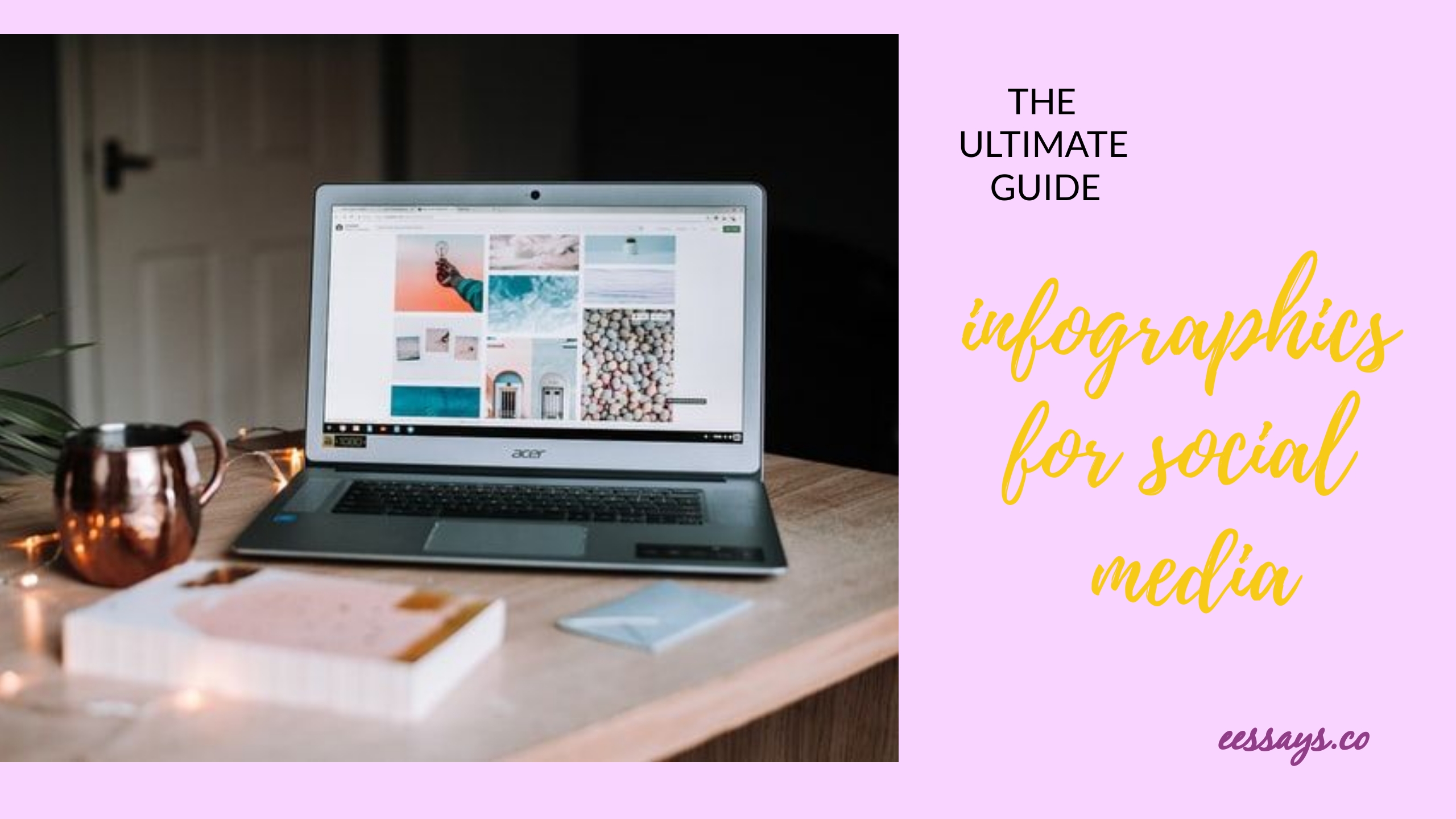
Infographics can serve as a powerful blogging tool for reader’s engagement. According to the research conducted by López-Ornelas and Hernández (2016), it is an effective method to engage visual learners, helping to remember and perceive visual data easily. Infographics allows representing complex information clearly in a simple form and shows interconnections between ideas in space or time. Moreover, the use of infographics for social media is the best tool to show trends, processes, and statistics. Dunlap and Lowenthal (2016) have found out that the best approach is to design it to enhance message delivery, but not summarize the content. Moreover, infographics can increase views at Pinterest and Instagram, serve for branding purposes, and even drive sales of products or services. Read the ultimate guide on infographics use for your blog posts below.
*Disclosure: The post has affiliate links, but reviews are based on the use of products on this website.*
1. How to Design Infographics for Social Media
Take into account the following points to design infographics:
- Do not use the same infographic image for different social media platforms, but instead adapt the size;

- Add ‘Pin It’ option if you use Pinterest and share buttons for other social media;
- Include your logo, site, or name on the infographic image;
- Choose 2-3 colors to match your post, page, or site design.
2. Focus on Structure and Visual Elements
Powerful visual elements should help to deliver the message, but not distract the reader:
- Include an attention-grabbing title;
- Use arrows to show connections between different concepts or ideas;
- Choose a linear structure for lists;
- Experiment with font pairs;
- Include concepts and ideas instead of explanatory text.
3. Choose the Type of Infographics to Support Your Blog Content

Infographics can make your blog post visually engaging. It can increase product sales. So if you review products or services and use affiliate marketing as a monetization tool for a blog, creating infographics with comparison grids can be helpful to attract reader’s attention.
In addition to this, if you write a how-to-do post, using infographics with lists and flowcharts illustrating step-by-step processes will serve the educational purpose. It will improve reader’s cognitive perception and learning experience.
Timelines can show how things have changed throughtout some period in your life or globally.
Finally, if you write educational content and want to show interconnections, using concept or mind maps can be a choice for infographic representation.
4. Make Infographic Data Reliable
If you include statistics, add sources from which you have retrieved data. You can include them at the end of infographics (in the footer) or at the end of the post. As a result, it will make your article authoritative. Pay attention to the type of sources you use to back up your data. It is better to include journal articles, books, and reliable websites.
5. Graphic Elements
You can include the following graphic elements:
- Diagrams
- Charts
- Graphs
- Arrows
- Tables
- Shapes.
6. How to Use Graphic Design Creator for Infographics
There are many graphic design apps, but Visme is one of the best when it comes to a cost-and-quality balance. First of all, its free version offers a lot of options and templates. In addition to infographics, it allows creating book covers, brochures, web graphics, and many other types of visual content.

Here, one of the best features is that after creating, for example, an image for a Facebook post, it is possible to choose and adapt sizes for Twitter, Pinterest, Instagram, etc.
Do you use infographics for social media and blog posts? Share your experience in comments.
References
Dunlap, J. C., & Lowenthal, P. R. (2016). Getting graphic about infographics: Design lessons learned from popular infographics. Journal of Visual Literacy, 35(1), 42-59. https://doi.org/10.1080/1051144X.2016.1205832
López-Ornelas, E., & Hernández, S. H. S. (2016). Using infographics to represent meaning on social media. In G. Meiselwitz (Ed.), Social computing and social media (pp. 25-33). Springer. https://doi.org/10.1007/978-3-319-39910-2_3

8 responses to “Infographics for Social Media: The Ultimate Guide”
wow, this is super helpful! I appreciate the sizes you suggested in every social media platform. Your tips are very informative. Making viral infographics are my Achilles’ heel. Thanks for sharing!
http://www.lifebeginsattwenty.com
Thank you! I appreciate your feedback. I’m happy it is helpful.
Oh sizing is always such a struggle for all the platforms! These are all great tips to create infographics, will save it to come back to it later, thanks for sharing x
Thank you too!
This is such a helpful post. I always get stuck on which size photos should be used so definitely going to save this post.
Thank you for feedback!
This is really helpful info! I always enjoyed making graphics but never understood a lot of the techniques behind it
Thank you for response!